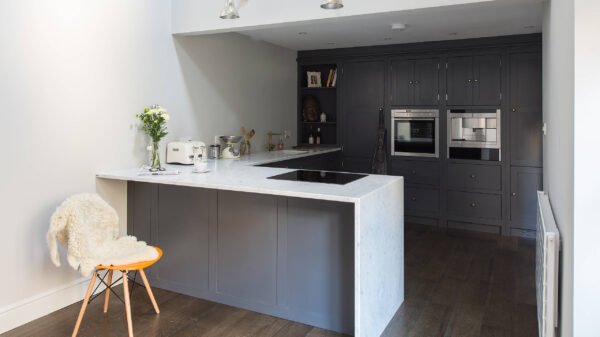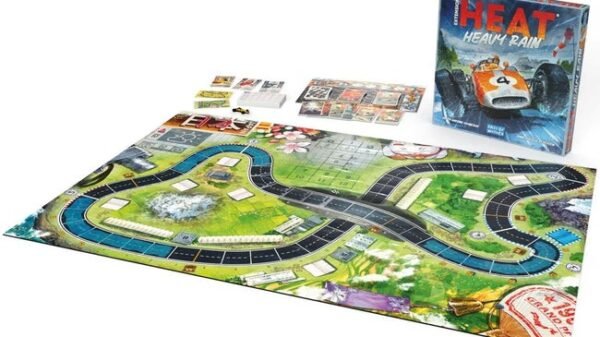Architects spend most of their time in front of a computer designing and making use of different colors and contrast. While this may not mean much to many other professionals, to architects, it means all the difference to them. Resolution and a large computer screen are at the top of the options, but how does this define the choice of architects in choosing the best monitor for their work. Yeah, this is all that this post will offer you.
Below is the way to choose the best monitors for architects.
Being the job they choose, architects spend most of their screen time in front of CAD, while this can be carried out on any monitor or computer, the architect needs the best they could get from their monitor so as not to end up having a substandard design at the end or having a disparity of colors when their job is done.
Screen Size
The first thing to consider is whether you are an architect is the screen size of your monitor. What do I mean by this is that considering your workspace, you will want to go for something that allows convenience and still serves its intended purposes.
Now, moving on to the technical part of this, all monitor screens have the same number of pixels but the size of the pixel will change with the size. And the most important thing to remember is that resolution is at the forefront of getting the best architectural design you can lay your hand on.
Going for a monitor with a screen size of 24″ or 25″ is the best for architects. As the resolution is clear and color-oriented. It wouldn’t result in having a fuzzy textural display as obtainable in the monitor of larger resolution.
Adjustment
Why this may seem unnecessary to many, it is not undeniable that as an architect, you spend much time in front of a monitor and will require glancing up and down. Now imagine having to adjust your monitor for comfortability and you notice the adjustment is limited, this can result in a bad work ethic as it will surely affect your posture over time.
Some of the factors to consider in choosing a monitor in terms of adjustment are;
- Tilt – this is the option of moving the angle of the monitor to either point higher or lower
- Height – this is the part where you adjust your monitor to the highest or lowest height you can get.
- Swivel – this deals with the part of twisting the monitor to left and right to get the optimum effect needed.
Before buying a monitor, ensure you know the adjustment system that comes with it. While most monitors offer different adjustments, you will want to choose what is best for your work requirement.
Though your preferred monitor may not come with the needed adjustment, you can get a monitor arm to accompany it. Monitor arm allows you every adjustment imaginable. You can tilt your monitor as much as you want. Raise or reduce the height as you like.
One last thing here is getting a VESA mount as most monitors require a VESA mount. So before buying that arm mount, check if it is a VESA mount to ensure compatibility with your monitor.
Display Panels
There are largely three types of display panels with all the cons and pros. But having to choose which is the best for you as an architect may be complicated. Fret not, you will have a go of it smoothly after finishing this article.
For optimum performance of display panel, some factors need to be considered, such as;
- Viewing Angle – this is how best the screen can look the more off-center you move from it.
- Color – this deals with color accuracy and reproduction.
- Brightness and Contrast – this deals with how bright or dim the monitor can get and how black the black can get or how white the white can get. Simply means, the effects of the resolution on the image on the screen.
- Refresh Rates – this is how fast the monitor can change frames. The most common types of refresh rates are 60Hz, 75Hz, 144Hz and, 240Hz.
- Response Time – this is the speed at which a new frame appears on the monitor screen.
For an architect, the most important factor is the color reproduction effects. This affects the color accuracy of the design. As an architect, you will need the best you can lay your hand on.
Follow is the viewing angle. For an architect, you will need a monitor you can tilt to any degree you like without the same affecting the color representation.
Last on the list is the brightness and contrast effect. For an architect, you will need your monitor to be bright as the brightness may be defined.
Now, back to the types of display panels available, you should be able to understand what works best for you. They are, viz;
- Twisted Nematic (TN) -the worst color accuracy but greater response times and refresh rates. This type of monitor is best preferable for gamers.
- Vertical Alignment (VA) – this is slower than TN but has a better color accuracy than the same.
- In-Plane Switching (IPS) – this has the best color accuracy but is the slowest.
As an architect, your major concern should be color reproduction, hence IPS should be your best bet.




























































